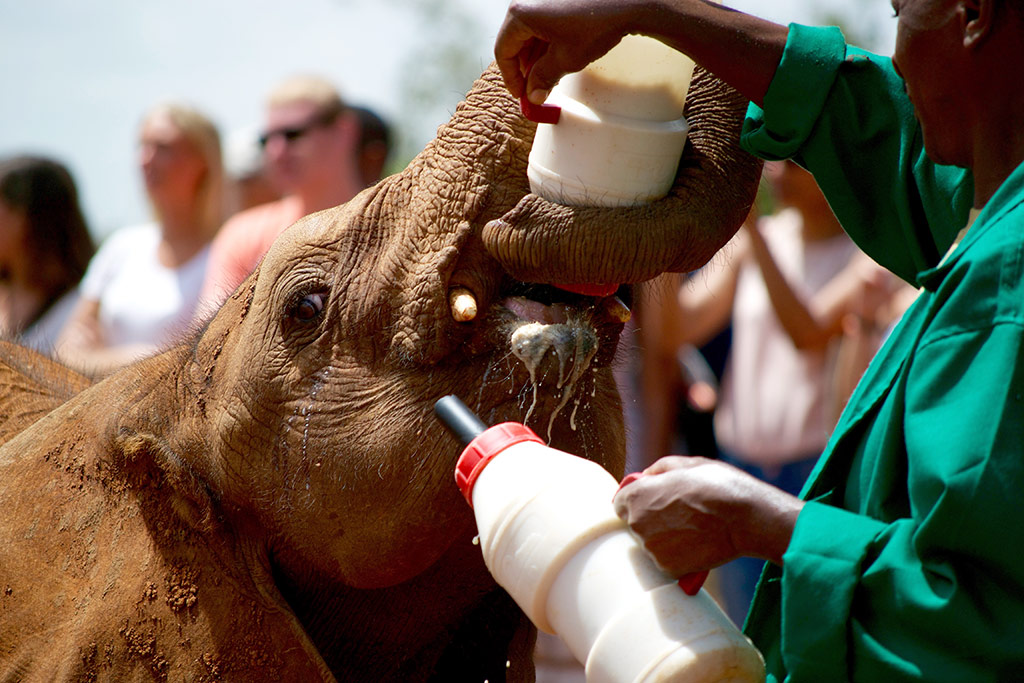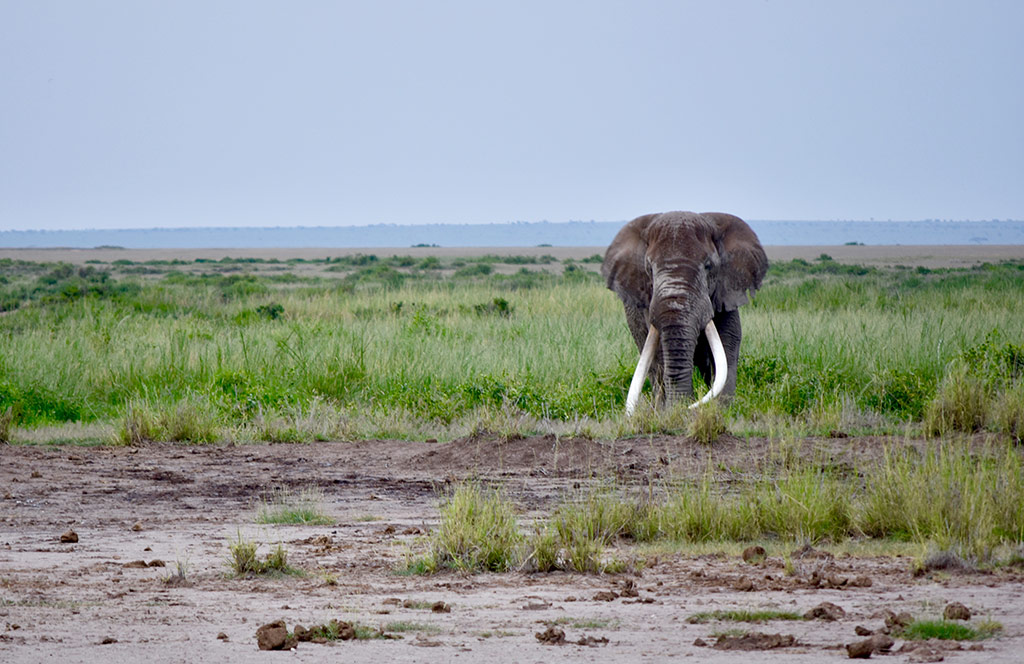On the 29th and 30th April 2016, the first ever Giants Club summit will take place in Kenya to address the elephant poaching crisis sweeping the continent. Here’s how to get involved and help save the elephants.
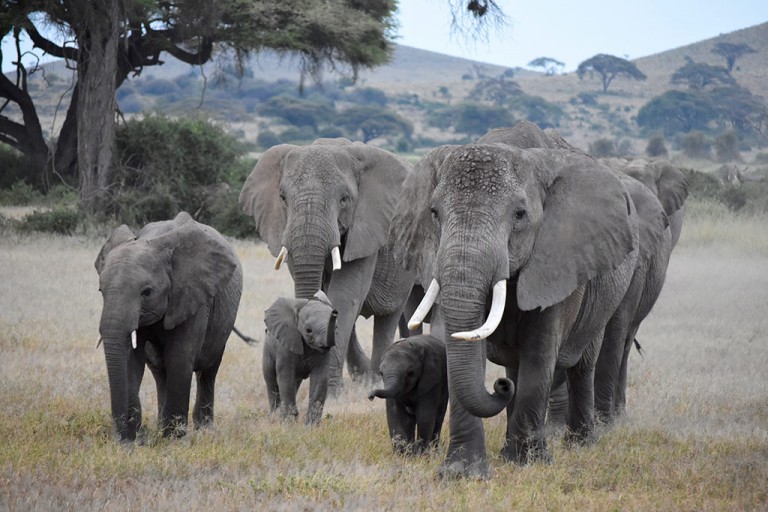
Matriarch and family of elephants in Amboseli.
About the crisis
Elephants have roamed wild for 15 million years, but today these gentle giants are killed for their ivory, their tusks sold on the black market internationally. Demand is particularly high in Asia, where owning ivory is a sign of great wealth (astonishingly, it can be worth more than gold). This demand is pushing elephants to the edge of extinction, and already countries like Sierra Leone and Senegal have lost their populations due to poaching.
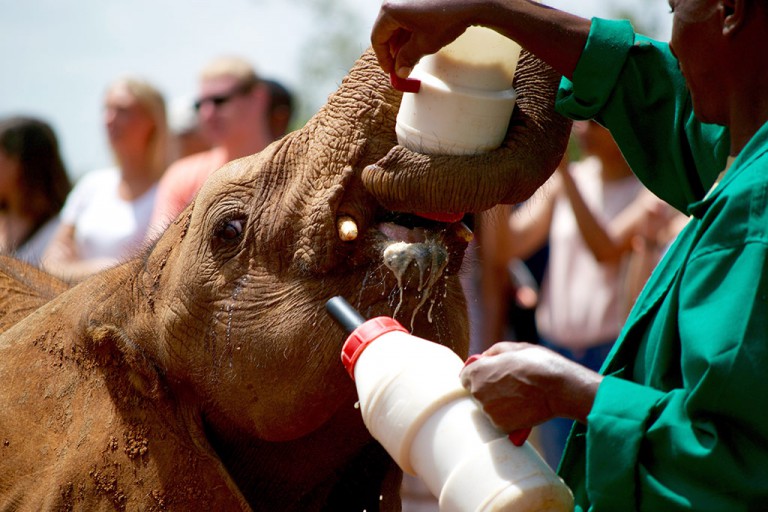
Care of orphaned elephants at the David Sheldrick Wildlife Trust.
Why is the price of ivory so high?
In the early 1970 and 80s, demand for ivory was so huge and poaching so widespread that CITES (the Convention on International Trade in Endangered Species) introduced a ban, and all international trade of ivory was prohibited. It was effective: major ivory markets were abolished and poaching significantly decreased. However, CITES later agreed on some legal sales of seized ivory into the market, and the illegal trade rocketed once again. A European Commission report released in 2015 shows that the ivory trade is the fourth largest illegal business in the world – only drugs, weapons and human trafficking are larger.
Help save the elephants
Today the demand for ivory continues, and wild elephants are being slaughtered daily. Leading conservation organisations including the Wildlife Conservation Society estimate that up to 36000 elephants are killed each year for their tusks: that’s one every 15 minutes. By those figures, there will be no more elephants gracing our wild landscapes by 2025.
The Giants Club summit will bring together heads of state from around Africa, as well as leading conservationists and celebrities, to address the crisis and secure a safe future for elephants. Here’s how you can get involved in helping to save the elephants, before it’s too late:
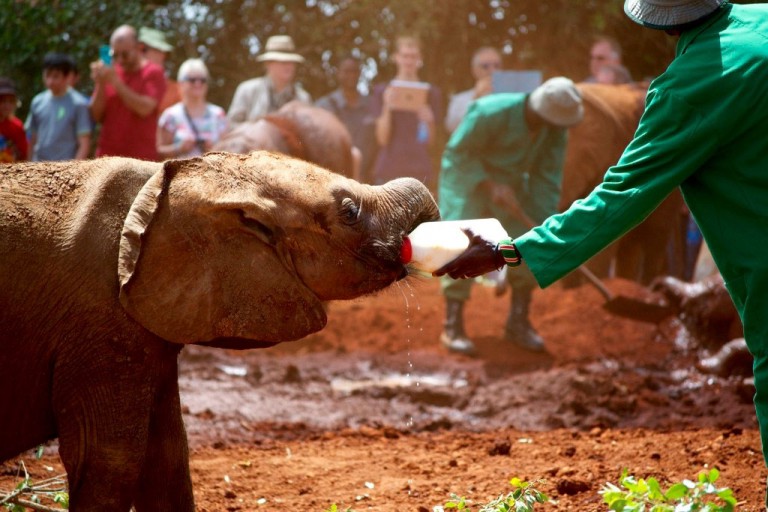
Foster a baby elephant at the David Sheldrick Wildlife Trust.
1. Foster an elephant at the David Sheldrick Wildlife Trust
The David Sheldrick Wildlife Trust is a huge success story in elephant conservation. Based in Nairobi, they rescue and hand-rear orphaned baby elephants, and then rehabilitate them back into the wild when they’re old enough. You can foster an orphaned baby elephant for $50 (about R770).
2. Sign the iWorry petition
iWorry is a campaign created by the David Sheldrick Wildlife Trust focused on raising awareness of the plight the species faces and calling for a complete ban on all ivory sales globally. Sign the petition and support the cause.
3. Wear your support
There are many organisations making T-shirts, car bumper stickers, wristbands and more to help advertise the elephant poaching crisis, with some or all of the proceeds going directly to elephant conservation charities. Try Zazzle or Elephant Diaries. International shipping is available upon enquiry.
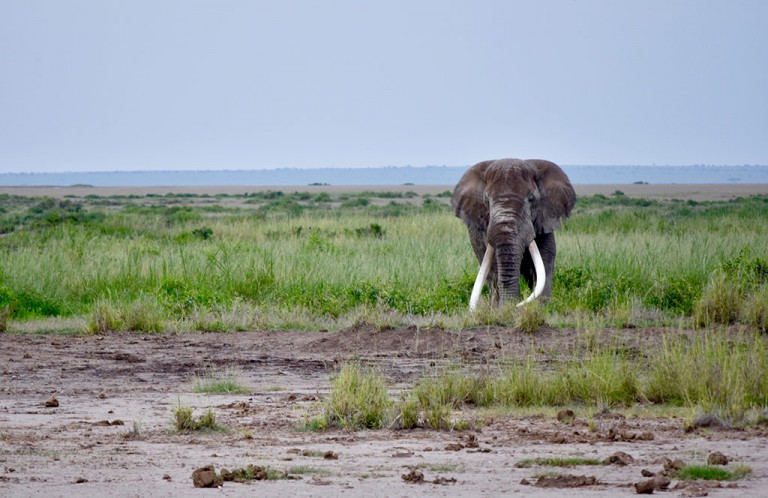
Tim, the largest elephant in East Africa.
4. Share your support
If you have a social media account like Facebook or Twitter you can share useful information about the elephant poaching crisis with your followers. Save the Elephants has a ‘spread the word’ page with useful info to tweet or post, similarly the iWorry campaign is asking supporters to tell 15 friends and help make a difference via email.
5. Join a global march
On 24 September 2016, people across the globe will take to the streets and march to save the elephants. Check out march4elephantsandrhinos.org to find out more about a march taking place near you, or to organise one yourself.
6. Intern with Save the Elephants
Really serious about helping to save the elephants? Why not consider a career in conservation. Kenyan conservation charity Save the Elephants offers 1-2 month internships to learn more about what they do and help their conservation efforts on the ground in Kenya.
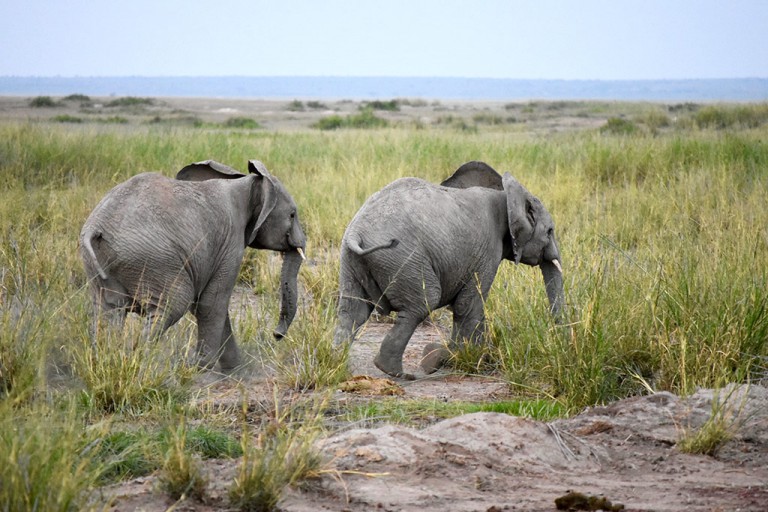
Baby elephants in Kenya.
7. Donate to the cause
Leading organisations that are fighting to prevent the extinction of elephants rely entirely on donations to keep doing what they’re doing. Money donated is used to help fund anti-poaching teams, provide vet care to injured elephants, educate local communities about the importance of wildlife and spread the message through advertising, marketing and events. Donate to support Save the Elephants, Space for Giants and iWorry.
8. Visit the elephants in the wild
Tourism is an important way to support elephant conservation as fees are used to help protect the animals, fund anti-poaching teams and track the elephants to make sure they’re safe. Some of the top places to visit to support elephant conservation, and see elephants roaming freely in the wild include Amboseli National Park in Kenya, Chobe National Park in Botswana, and Kruger National Park in South Africa. Also worth checking out is Elephant Watch Camp in Kenya – run by the Douglas-Hamilton family, who founded Save the Elephants.
Also read: Walking with Namibia’s wise giants
9. Practise responsible tourism
As with all animals, it’s important to avoid tourism that involves encouraging creatures to behave unnaturally. In the case of elephants, this could include anything from giving rides or massages, walking with you or dancing in a circus. Elephants are not naturally tame, and are put through cruel training schemes to teach them these skills.
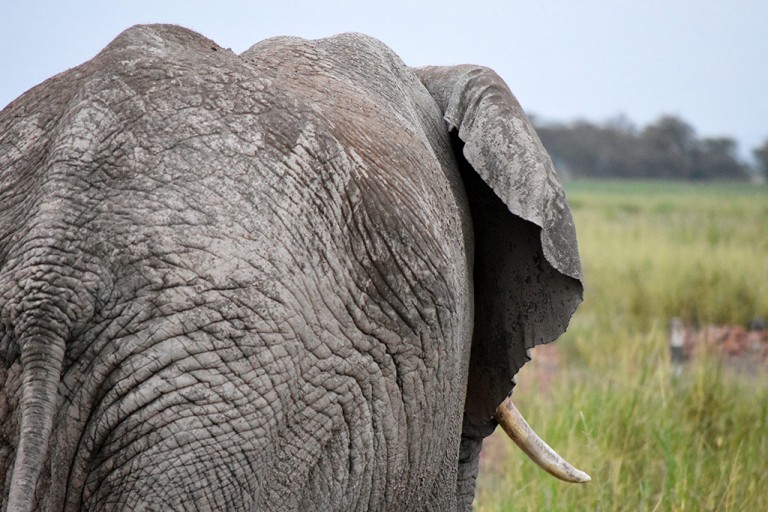
Elephant in Amboseli National Park.
Want to see more?
We’ve written a lot about elephant experiences across Africa. Check out our pieces on the greatest tuskers in Kruger National Park, how it’s all about the elephants in Hwange National Park in Zimbabwe, walking with elephants in Namibia’s Zambezi Region, and elephant spotting in the Okavango Delta, Botswana.











